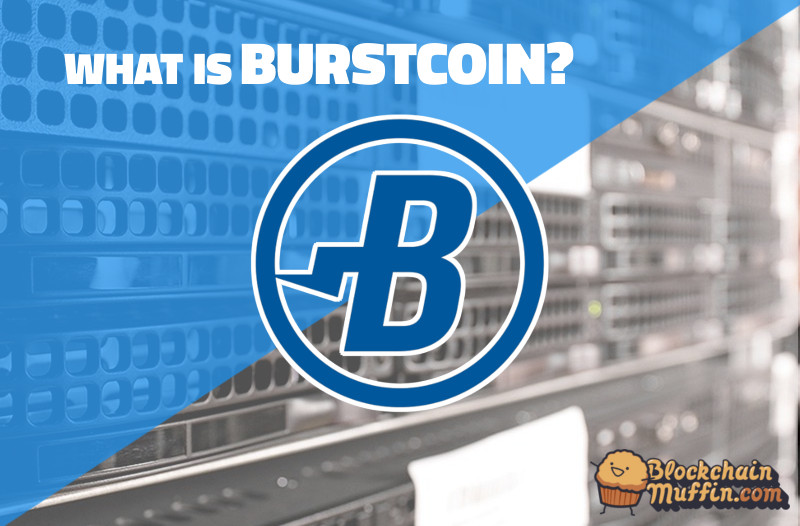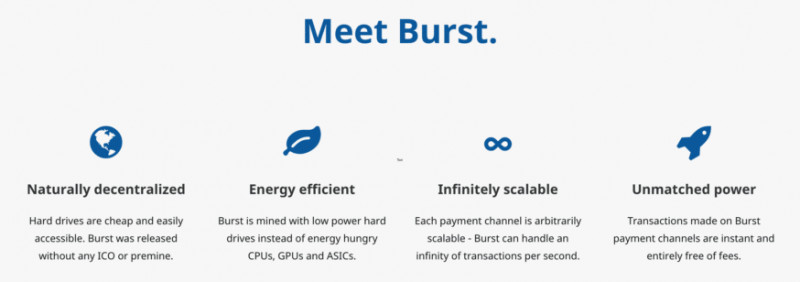What is BurstCoin? | Beginner’s Guide

Burstcoin is the only coin that utilizes the empty space on your hard drive for mining. The mining of most coins requires specialized, expensive, energy-intensive machines to engage in proof of work.
- Official Website: https://www.burst-coin.org/
- Blockchain Explorer: http://burstcoin.biz/
- Github: https://github.com/PoC-Consortium
Burstcoin (BURST) is a cryptocurrency and payment system built from a fork of the Nxt (NXT) cryptocurrency, introduced in the summer of 2014. Burst was built to solve several of the lingering problems in cryptocurrencies at the time.

Burstcoin uses a unique process known as proof of capacity, with a regular hard drive, to perform energy-efficient mining. The mining is so efficient, you could mine from an Android phone or a Raspberry Pi.
This change not only cut down on network domination by large miners, but it was also tremendously more energy efficient than PoW mining. Burst’s official wiki offers the claim that, on average, Burst is more than 400x more energy efficient when compared to Bitcoin.
Burst coins can be mined with hard drive equipment. This makes it possible for everyone to mine cheaply and easily accessible. Since the mining process itself doesn’t take much power (as hard disks only average less than 5W power, just like charging a mobile phone) it makes sense to mine just because you can.

History of BurstCoin
In early 2014, an annonymous user introduced Burstcoin. The coin was an fork of NXT platform.
Creator or creators of BurstCoin has never revealed his identity, just like Satoshi Nakamoto (creator or creators of Bitcoin). After the creator disappeared, the cryptocurrency community organized to continue developing the coin. A team called the Proof of Capacity Consortium (PoC Consortium) is currently developing the project.
Besides developing a cryptocurrency, the project also offers a decentralised marketplace and other features. The Burstcoin wallet is a Java-based client that runs locally inside any web browser.
Burst offers a platform that offers users, investors and developers a multitude of possibilities. Investors can participate in a decentralized stock market. At the Asset Exchange, investors can invest directly in companies where they see future profits.
Proof-of-Capacity
Proof-of-Capacity, which has also been referred to as Proof-of-Space, was first proposed in 2013 in the Proofs of Space whitepaper.PoC is very similar to PoW except for one major differentiator, in PoC, rather than doing a large amount of work in order to verify each block, the work is done up front in the process called “plotting” and the results from this process are used later to verify each block.
The basic idea to take away from this is that in PoC the “work” is done once during plotting rather than with each new block, allowing PoC to realize a huge efficiency savings over PoW systems. The amount of “work” a miner will end up doing depends on the amount of free disk space they have available to devote to the plotting process.
BurstCoin Wallets
- Windows/Linux/MacOSX: https://www.burst-coin.org/download-wallet
- If you don't want to download full Blockchain, you can register account on online wallet here
- Mobile Wallets: Android
